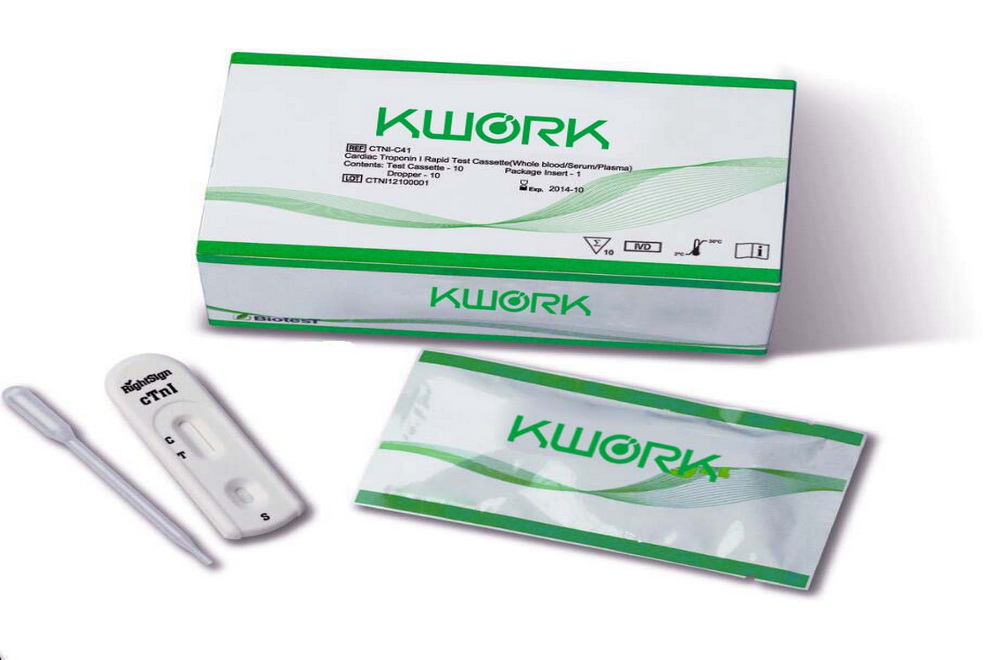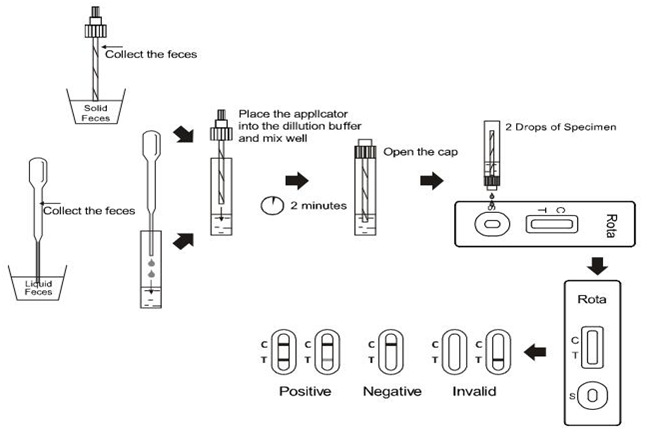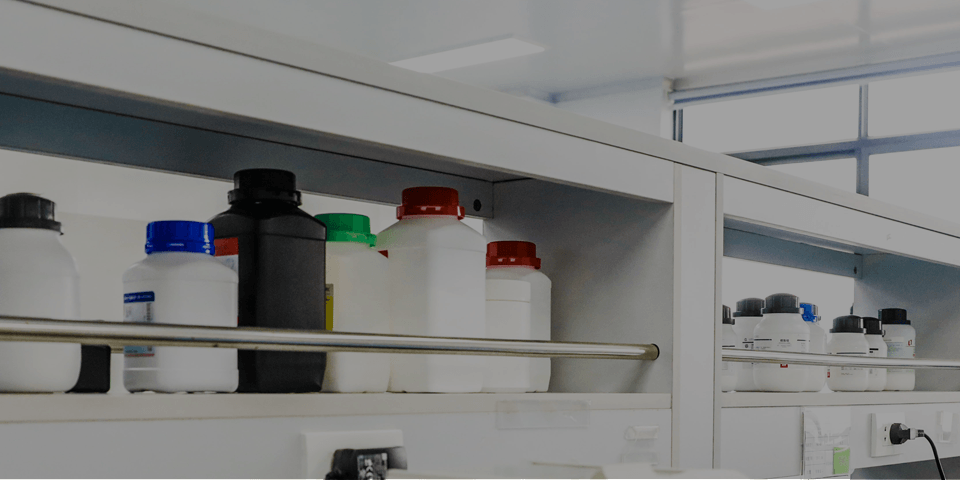
【SUMMARY】
Rotavirus is the most common agent responsible for acute
gastroenteritis, mainly in young children. Its discovery in 1973 and its
association with infantile gastro-enteritis represented a very important
advancement in the study of gastro-enteritis not caused by acute bacterial
infection. Rotavirus is transmitted by oro-faecal route with an incubation
period of 1-3 days.
Although specimen collections taken within the second and fifth day of the
illness are ideal for antigen detection, the rotavirus may still be found while
diarrhoea continues. Rotaviral gastroenteritis may result in mortality for
populations at risk such as infants, the elderly, and immunocompromised
patients. In temperate climates, rotavirus infections occur mainly in the
winter months. Endemics as well as epidemics affecting some thousand people
have been reported. With hospitalised children suffering from acute entric
disease up to 50% of the analysed specimen were positive for rotavirus. The
viruses replicate in the cell nucleus and tend to be host species specific
producing a characteristic cytopathic effect (CPE). Because rotavirus is
extremely difficult to culture, it is unusual to use isolation of the virus in
diagnosing an infection. Instead, a variety of techniques have been developed
to detect rotavirus in feces.
The Rotavirus Rapid Test Cassette (Feces) is a rapid chromatographic
immunoassay for the qualitative detection of rotavirus in human feces specimen,
providing results in 10 minutes. The test utilizes antibody specific for rotavirus
to selectively detect rotavirus from human feces specimens.
【DIRECTIONS
FOR USE】
Allow the test, specimen, buffer, and/or controls to reach room temperature
(15-30°C) prior to testing.
1. To collect fecal specimens:
Collect sufficient quantity of feces (1-2 mL or 1-2 g) in a clean, dry specimen
collection container to obtain enough virus particles. Best results will be
obtained if the assay is performed within 6 hours after collection. Specimen
collected may be stored for 3 days at 2- 8°C if not tested within 6 hours. For
long term storage, specimens should be kept below - 20°C.
2. To process fecal specimens:
For Solid Specimens:
Unscrew the cap of the specimen collection tube, then randomly stab the
specimen collection applicator into the fecal specimen in at least 3 different
sites to collect approximately 50 mg of feces (equivalent to 1/4 of a pea). Do
not scoop the fecal specimen.
For Liquid Specimens:
Hold the dropper vertically, aspirate fecal specimens, and then transfer 2
drops of the liquid specimen (approximately 50 µL) into the specimen collection
tube containing the extraction buffer.
Tighten the cap onto the specimen collection tube, then shake the specimen
collection tube vigorously to mix the specimen and the extraction buffer. Leave
the collection tube for reaction for 2 minutes.
3. Bring the pouch to room temperature before opening it. Remove the test
cassette from the foil pouch and use it as soon as possible. Best results will
be obtained if the test is performed immediately after opening the foil
pouch.
4. Hold the specimen collection tube upright and unscrew the tip of the
specimen collection tube. Invert the specimen collection tube and transfer 2
full drops of the extracted specimen (approximately 80 mL) to the specimen well
(S) of the test cassette, then start the timer. Avoid trapping air bubbles in
the specimen well (S). See illustration below.
5. Read the results at 10 minutes after dispensing the specimen. Do not read
results after 20 minutes.
Note: If the specimen does not migrate (presence of particles), centrifuge the
diluted sample in the extraction buffer vial. Collect 80 µL of supernatant,
dispense into the specimen well (S). Start the timer and continue from step 5
onwards in the above instructions for use.




